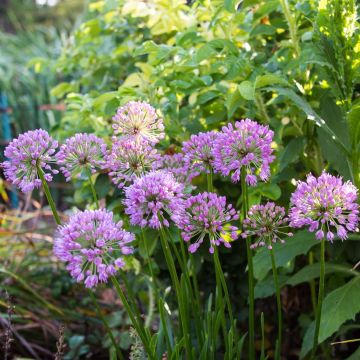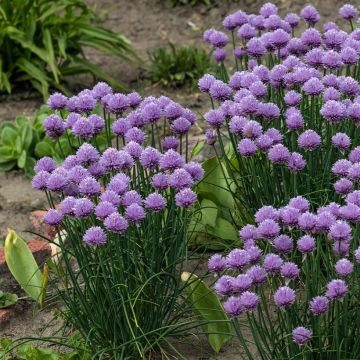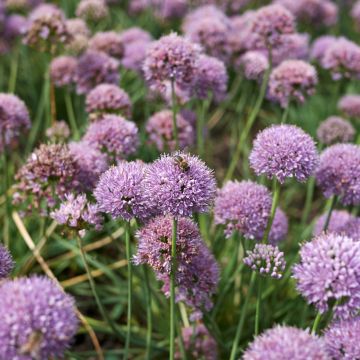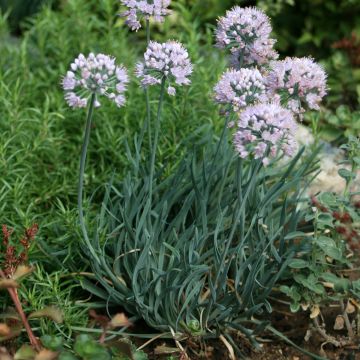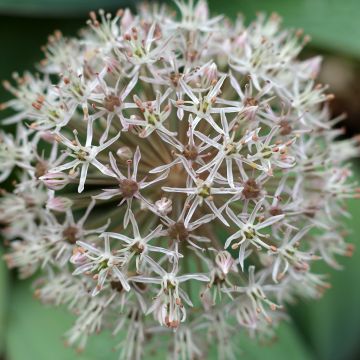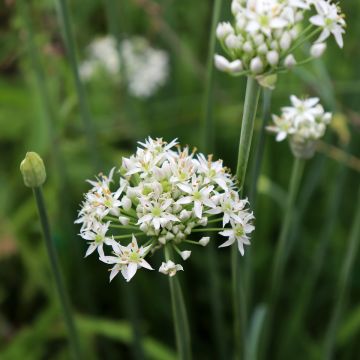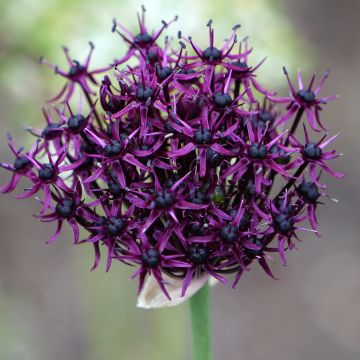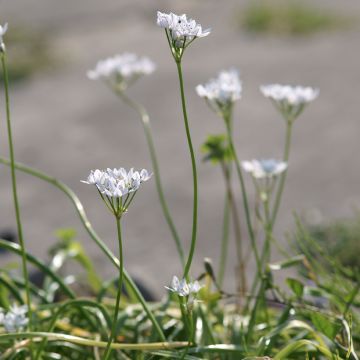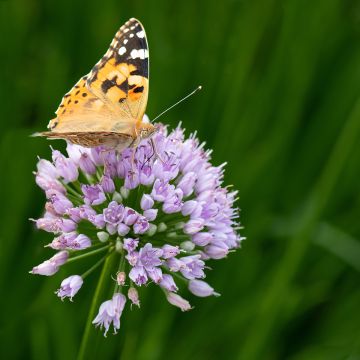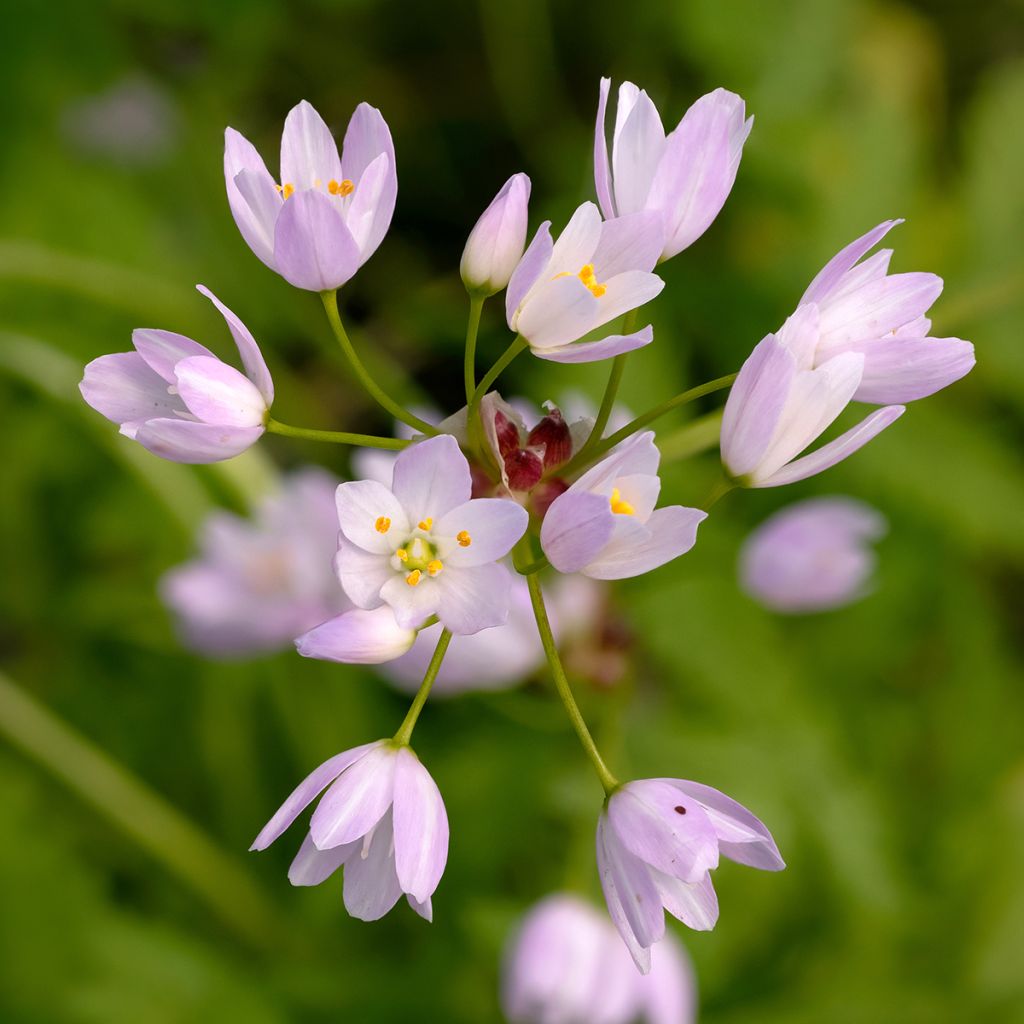

Allium roseum
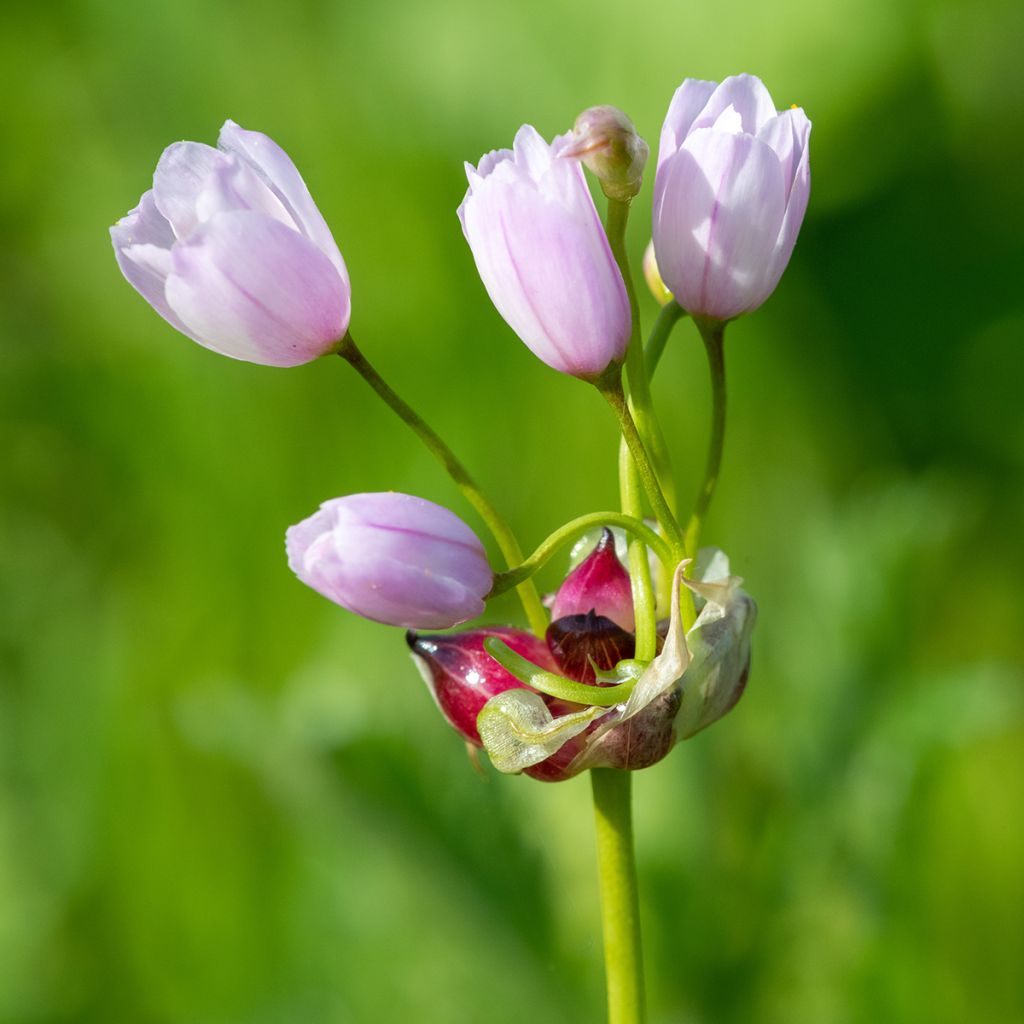

Allium roseum
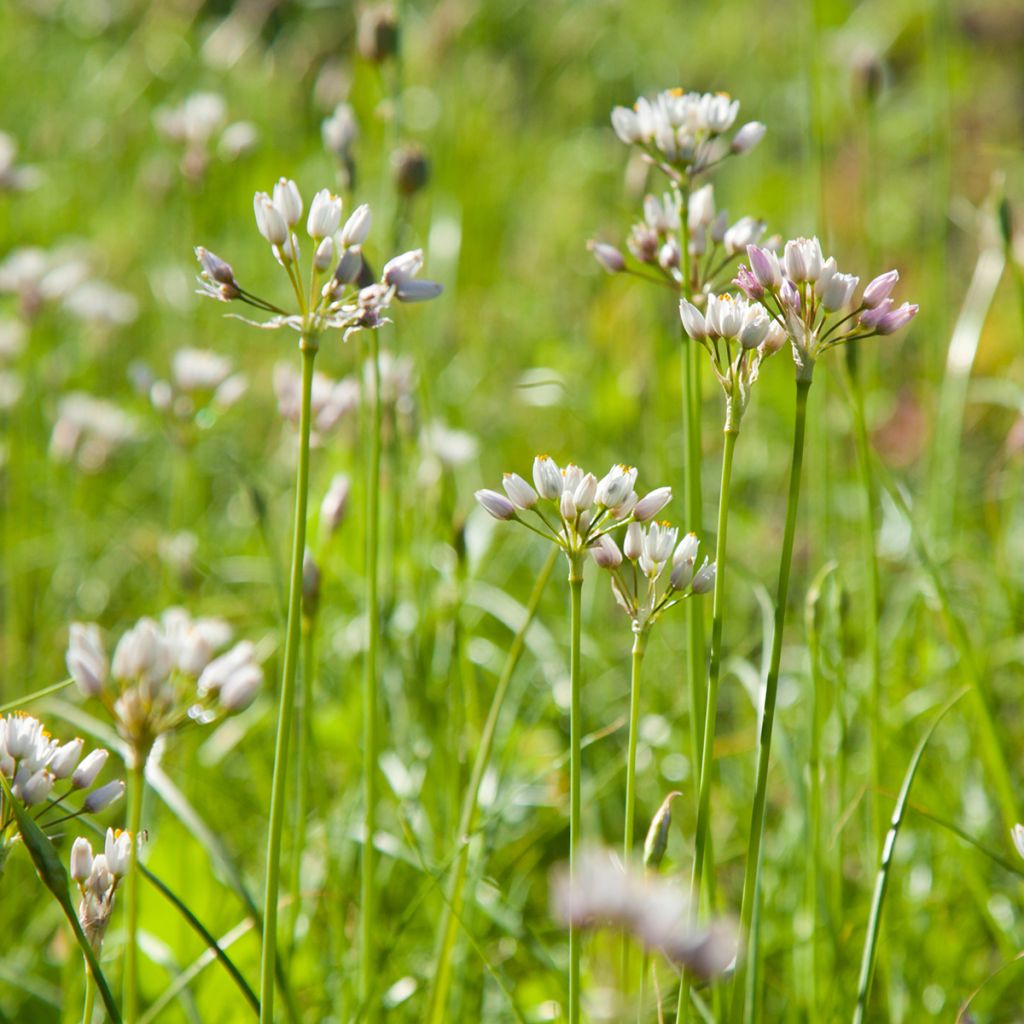

Allium roseum
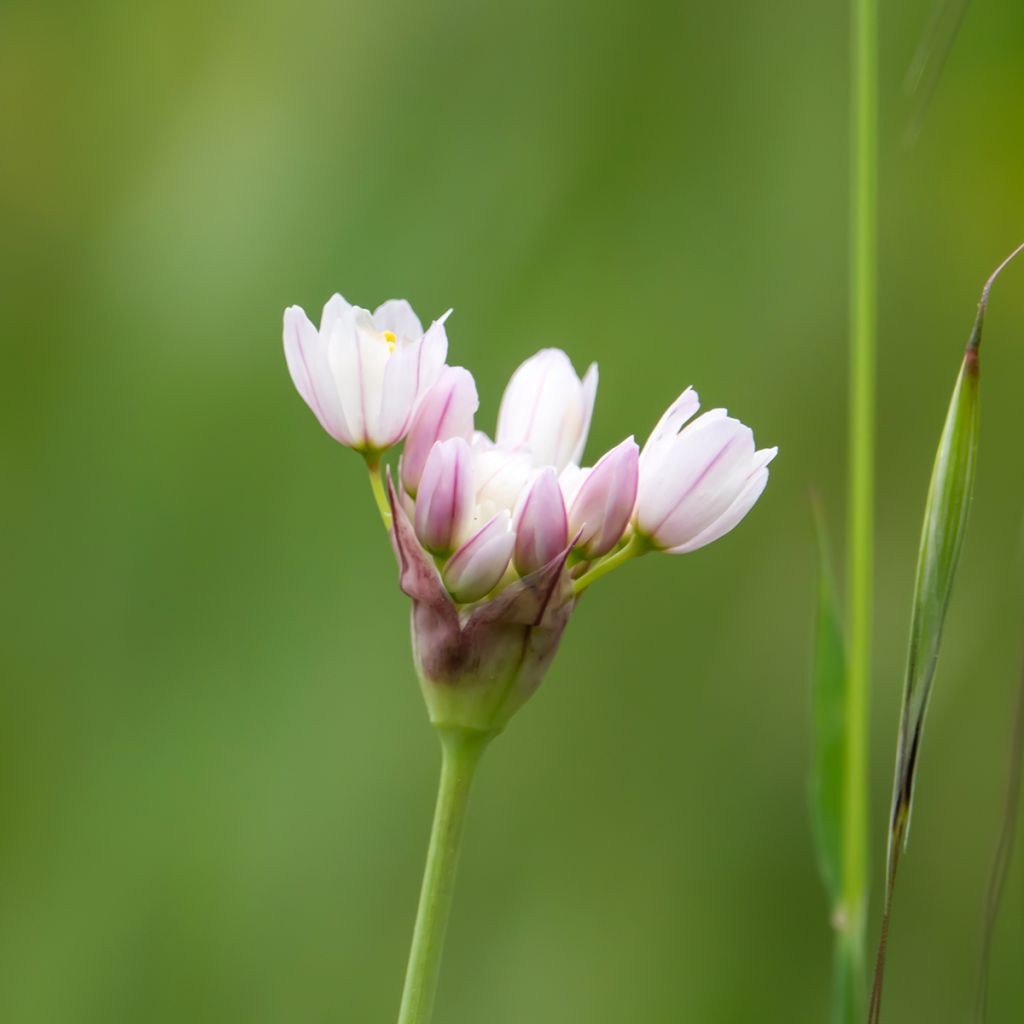

Allium roseum
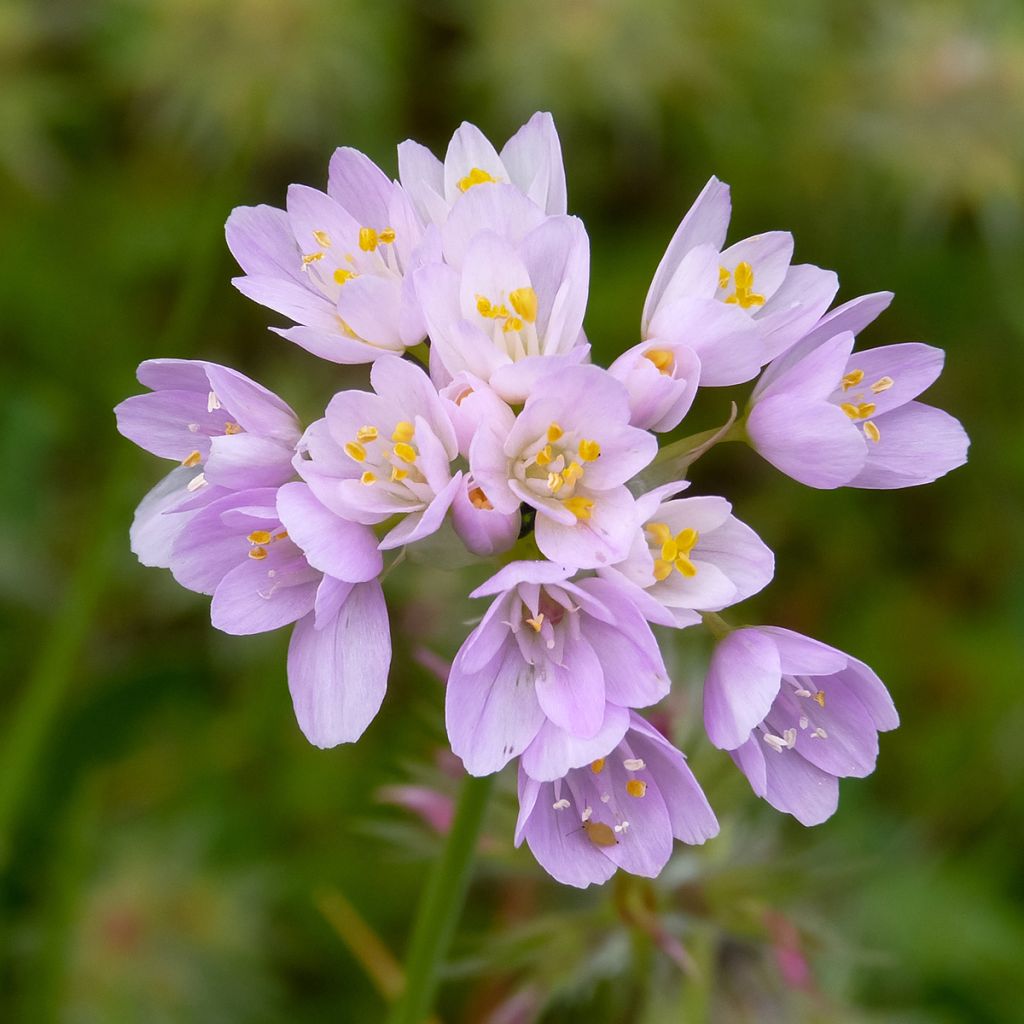

Allium roseum
Allium roseum
Allium roseum
Rosy garlic, Rosy-flowered garlic
Why not try an alternative variety in stock?
View all →This item cannot be shipped to the selected country
Delivery charge from €5.90
More information
Schedule delivery date,
and select date in basket
This plant carries a 6 months recovery warranty
More information
We guarantee the quality of our plants for a full growing cycle, and will replace at our expense any plant that fails to recover under normal climatic and planting conditions.
From €5.90 for pickup delivery and €6.90 for home delivery
Express home delivery from €8.90.
Does this plant fit my garden?
Set up your Plantfit profile →
Description
Allium roseum, pink garlic, is a Mediterranean botanical species found in dry meadows, vineyards, rocky areas, and cultivated places. It is becoming rare and is now protected in some regions. It is a small bulbous plant with a natural appearance. Its charming pink flowers appear in spring or early summer, depending on the climate. This ornamental garlic is easy to grow in well-drained soil. It loves the sun, and tolerates both dry summers and fairly cold winters. If the conditions are right, this edible ornamental garlic will naturalise in the garden and come back every year. It is ideal for countryside decorations and natural scenes, and can also be grown in pots.
Allium roseum (synonyms Allium albidum, A. ambiguum, A. amoenum, A. illyricum) belongs, like all garlic, to the Amaryllidaceae family. Its habitat corresponds to fields, dry meadows, vineyards, and hedges. It is an herbaceous plant with a garlic smell, perennial due to its small globose bulb. The foliage emerges from the ground in late winter. The bright green foliage consists of upright, rather short, narrow, and rolled-up leaves. The leaves contain a fragrant latex. The flowering takes place between April and late June, depending on the climate. The thin floral stems, about 30cm (12in) tall, bear irregular and rather loose umbels with a diameter of 4 to 5cm (2in). The bell-shaped flowers are small (1cm), with 6 semi-opened pale-pink petals. The fruits are small round capsules containing a few small black seeds. The foliage dries up just after flowering, while the bulb goes into dormancy. The soil should be rather dry when it enters this resting stage. It multiplies easily by producing numerous bulblets.
Plant this pink garlic in dense clumps along the edge of a countryside bed, in a flowering meadow, among shrubs, in a rockery, or in a pot. It is ideal in a hot garden without watering, and it adapts easily elsewhere as long as it is protected from excessive humidity, both in summer and winter. To hide its absence in summer, plant it with thyme, erodium, or bloody cranesbills, for example. Create a beautiful scene with wildflowers: poppies and corn poppies, damask nigellas, bluebottle centaurea, corncockle, etc. Finally, all garlics are edible, in all their parts. The leaves and flowers can be used to flavour salads, for example.
Report an error about the product description
Allium roseum in pictures




Plant habit
Flowering
Foliage
Botanical data
Allium
roseum
Amaryllidaceae - Alliaceae
Rosy garlic, Rosy-flowered garlic
Allium albidum, A. ambiguum, A. amoenum
Mediterranean
Other Allium
Planting and care
Ideally, plant it during its resting period, no later than September, in well-drained, sandy or rocky, slightly acidic to distinctly calcareous soil. Place the bulblets tightly in the sun or semi-shade, at a depth of 8cm (3in). For a beautiful mass effect, place the bulbs in groups of at least 10. Let them naturalise, without moving them. This plant fears excessive humidity, both in winter and summer, but shows tolerance. Its hardiness is evaluated at -15°C (5°F) at the tip in well-drained soil. It is particularly suitable in a hot climate, but it is also found naturalised in cooler regions. Water in spring if it is dry. No watering is necessary in summer.
The bulblets can be divided during the resting season, when the leaves turn yellow.
Pot cultivation is possible in good, soft and well-drained soil. Pot cultivation allows the plant to be protected in winter in cold and humid regions.
Planting period
Intended location
Care
-
, onOrder confirmed
Reply from on Promesse de fleurs
Haven't found what you were looking for?
Hardiness is the lowest winter temperature a plant can endure without suffering serious damage or even dying. However, hardiness is affected by location (a sheltered area, such as a patio), protection (winter cover) and soil type (hardiness is improved by well-drained soil).

Photo Sharing Terms & Conditions
In order to encourage gardeners to interact and share their experiences, Promesse de fleurs offers various media enabling content to be uploaded onto its Site - in particular via the ‘Photo sharing’ module.
The User agrees to refrain from:
- Posting any content that is illegal, prejudicial, insulting, racist, inciteful to hatred, revisionist, contrary to public decency, that infringes on privacy or on the privacy rights of third parties, in particular the publicity rights of persons and goods, intellectual property rights, or the right to privacy.
- Submitting content on behalf of a third party;
- Impersonate the identity of a third party and/or publish any personal information about a third party;
In general, the User undertakes to refrain from any unethical behaviour.
All Content (in particular text, comments, files, images, photos, videos, creative works, etc.), which may be subject to property or intellectual property rights, image or other private rights, shall remain the property of the User, subject to the limited rights granted by the terms of the licence granted by Promesse de fleurs as stated below. Users are at liberty to publish or not to publish such Content on the Site, notably via the ‘Photo Sharing’ facility, and accept that this Content shall be made public and freely accessible, notably on the Internet.
Users further acknowledge, undertake to have ,and guarantee that they hold all necessary rights and permissions to publish such material on the Site, in particular with regard to the legislation in force pertaining to any privacy, property, intellectual property, image, or contractual rights, or rights of any other nature. By publishing such Content on the Site, Users acknowledge accepting full liability as publishers of the Content within the meaning of the law, and grant Promesse de fleurs, free of charge, an inclusive, worldwide licence for the said Content for the entire duration of its publication, including all reproduction, representation, up/downloading, displaying, performing, transmission, and storage rights.
Users also grant permission for their name to be linked to the Content and accept that this link may not always be made available.
By engaging in posting material, Users consent to their Content becoming automatically accessible on the Internet, in particular on other sites and/or blogs and/or web pages of the Promesse de fleurs site, including in particular social pages and the Promesse de fleurs catalogue.
Users may secure the removal of entrusted content free of charge by issuing a simple request via our contact form.
The flowering period indicated on our website applies to countries and regions located in USDA zone 8 (France, the United Kingdom, Ireland, the Netherlands, etc.)
It will vary according to where you live:
- In zones 9 to 10 (Italy, Spain, Greece, etc.), flowering will occur about 2 to 4 weeks earlier.
- In zones 6 to 7 (Germany, Poland, Slovenia, and lower mountainous regions), flowering will be delayed by 2 to 3 weeks.
- In zone 5 (Central Europe, Scandinavia), blooming will be delayed by 3 to 5 weeks.
In temperate climates, pruning of spring-flowering shrubs (forsythia, spireas, etc.) should be done just after flowering.
Pruning of summer-flowering shrubs (Indian Lilac, Perovskia, etc.) can be done in winter or spring.
In cold regions as well as with frost-sensitive plants, avoid pruning too early when severe frosts may still occur.
The planting period indicated on our website applies to countries and regions located in USDA zone 8 (France, United Kingdom, Ireland, Netherlands).
It will vary according to where you live:
- In Mediterranean zones (Marseille, Madrid, Milan, etc.), autumn and winter are the best planting periods.
- In continental zones (Strasbourg, Munich, Vienna, etc.), delay planting by 2 to 3 weeks in spring and bring it forward by 2 to 4 weeks in autumn.
- In mountainous regions (the Alps, Pyrenees, Carpathians, etc.), it is best to plant in late spring (May-June) or late summer (August-September).
The harvesting period indicated on our website applies to countries and regions in USDA zone 8 (France, England, Ireland, the Netherlands).
In colder areas (Scandinavia, Poland, Austria...) fruit and vegetable harvests are likely to be delayed by 3-4 weeks.
In warmer areas (Italy, Spain, Greece, etc.), harvesting will probably take place earlier, depending on weather conditions.
The sowing periods indicated on our website apply to countries and regions within USDA Zone 8 (France, UK, Ireland, Netherlands).
In colder areas (Scandinavia, Poland, Austria...), delay any outdoor sowing by 3-4 weeks, or sow under glass.
In warmer climes (Italy, Spain, Greece, etc.), bring outdoor sowing forward by a few weeks.


































